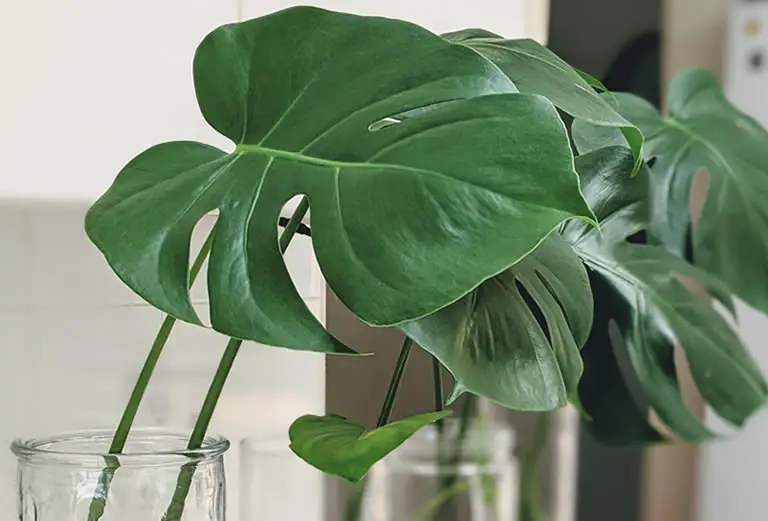If your Monstera Deliciosa has gotten tall, leggy, or just plain wild, propagation is a great way to rein it in and grow more of what you love. Whether you want to share cuttings, fill out a pot, or create a brand-new plant from your existing one, this process is surprisingly simple and deeply satisfying.
Here’s how to propagate a Monstera Deliciosa successfully using the three most reliable methods—and how to care for those cuttings as they grow.
Table of Contents
- When to Propagate: Timing It Right
- What You’ll Need: Tools and Setup
- Stem Cuttings: Propagating Monstera Deliciosa in Water
- Prefer to Root in Soil?
- Air Layering: For Bigger or More Delicate Plants
- Division: A Fast Way to Create New Plants
- Outdoor Propagation: Can You Root Monstera Cuttings Outside?
- Caring for New Plants: What Happens After Rooting
- Final Thoughts
When to Propagate: Timing It Right
Spring and early summer are the best times to propagate Monstera Deliciosa.
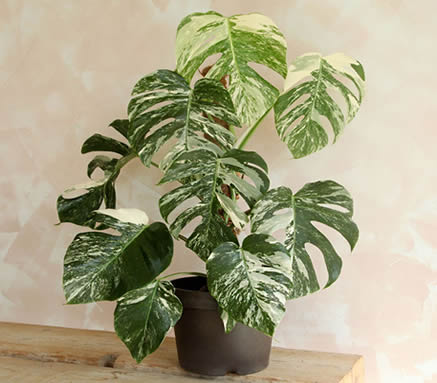
Warmer weather and longer days help speed up root development, and the plant is already in growth mode.
Avoid propagating during winter when energy levels are lower and root formation takes longer.
What You’ll Need: Tools and Setup
You’ll need sharp, clean pruning shears or scissors, a container with water or a small pot with soil, optional rooting hormone, and a warm, well-lit spot to place your cuttings.
When pruning a plant for propagation purposes I always clean my shears with alcohol wipes to prevent contamination.
Use gloves if you have sensitive skin—Monsteras produce a sap that can cause irritation.
Stem Cuttings: Propagating Monstera Deliciosa in Water
Look for a healthy stem with at least one leaf and one visible node.
A node is the small bump on the stem where roots and leaves grow—it’s essential for successful propagation.
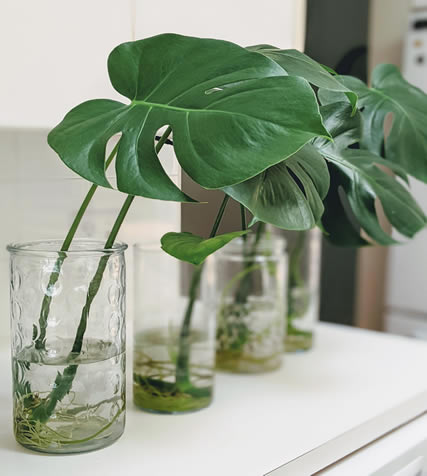
Cut just below the node and remove any extra leaves near the base.
You can place the cutting in a jar of water with the node fully submerged.
Change the water every few days and place it in bright, indirect light.
Roots usually appear in 2–4 weeks.
Once they’re a few inches long, you can transfer the cutting into potting soil.
Bonus Tip: To give your cutting a little nutritional boost during rooting, you can add a few drops of a balanced, low-strength liquid fertilizer to the water—something like a 20-20-20 like this one, or 10-10-10 formula like this one, diluted to one-tenth the regular strength.
Note: Be careful not to overdo it with this trick, as Monsteras are sensitive when rooting and too much fertilizer can slow or prevent root growth.
Prefer to Root in Soil?
If you prefer to root in soil right away, dip the cut end in rooting hormone (optional) and plant it in a small pot with a well-draining, chunky mix.
Keep the soil lightly moist and cover the pot loosely with a plastic bag to maintain humidity.
Open it every few days to allow air circulation.
Air Layering: For Bigger or More Delicate Plants
Air layering is great if you want to propagate without removing the cutting until it’s already rooted.
Choose a healthy node, make a small upward cut just below it, and insert a toothpick to hold the wound open.
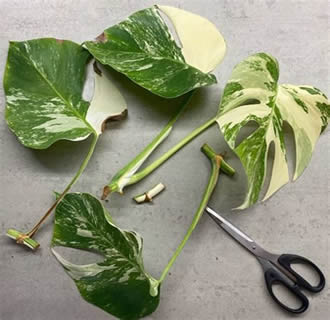
Wrap the area in moist sphagnum moss and cover it with plastic wrap to trap the moisture.
Keep the moss damp and wait several weeks for roots to form.
Once you see roots through the moss, you can cut below the node and pot up your new plant.
Division: A Fast Way to Create New Plants
If your Monstera has multiple stems or has grown from a cluster of roots, you can divide it at the base.
Gently remove the plant from its pot, tease apart the roots, and separate sections that each have at least one stem and healthy roots attached.
Repot each section in fresh soil and water lightly.
Outdoor Propagation: Can You Root Monstera Cuttings Outside?
In warm, humid climates (zones 10–12), you can root Monstera cuttings outdoors in spring and summer.
Place them in a shaded area with bright, indirect light and consistent warmth.
Cuttings in water can be left on a covered patio or greenhouse shelf, while soil cuttings should be planted in containers with excellent drainage and protected from rain.
Be sure to bring them indoors before temperatures dip below 60°F.
Watch for pests or mold during humid spells, and always transition slowly between indoor and outdoor conditions to avoid stress.
Caring for New Plants: What Happens After Rooting
Once your cutting has rooted, transfer it to a small pot with a chunky, well-draining soil mix.
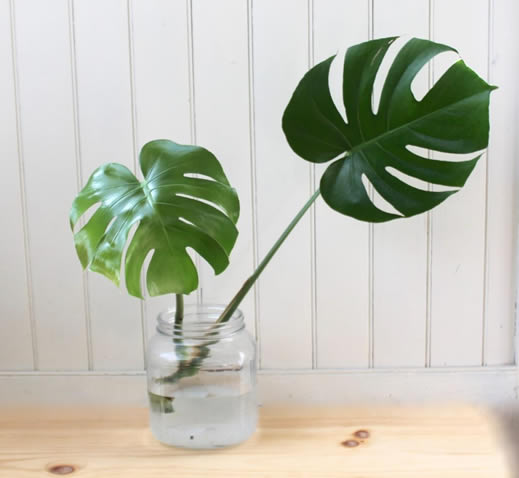
Water it lightly and place it in bright, indirect light. Don’t fertilize right away—give the plant a few weeks to adjust.
After 4–6 weeks, you can begin a gentle feeding routine and watch as new leaves begin to unfurl.
Keep humidity high and avoid strong sun until the plant is fully established.
Young Monsteras grow best when kept warm, consistently moist, and sheltered from direct light.
For more detailed care instructions read our article Monstera Deliciosa Care: How to Grow the Iconic Split-Leaf Houseplant.
Final Thoughts
Propagating a Monstera Deliciosa is a rewarding way to grow your collection, refresh an overgrown plant, or create beautiful gifts to share.
With a few tools, the right timing, and a bit of patience, you’ll soon be watching brand-new leaves unfold on plants you rooted yourself.
It’s one of the easiest ways to feel more connected to your green space—and it doesn’t take long to see results.

